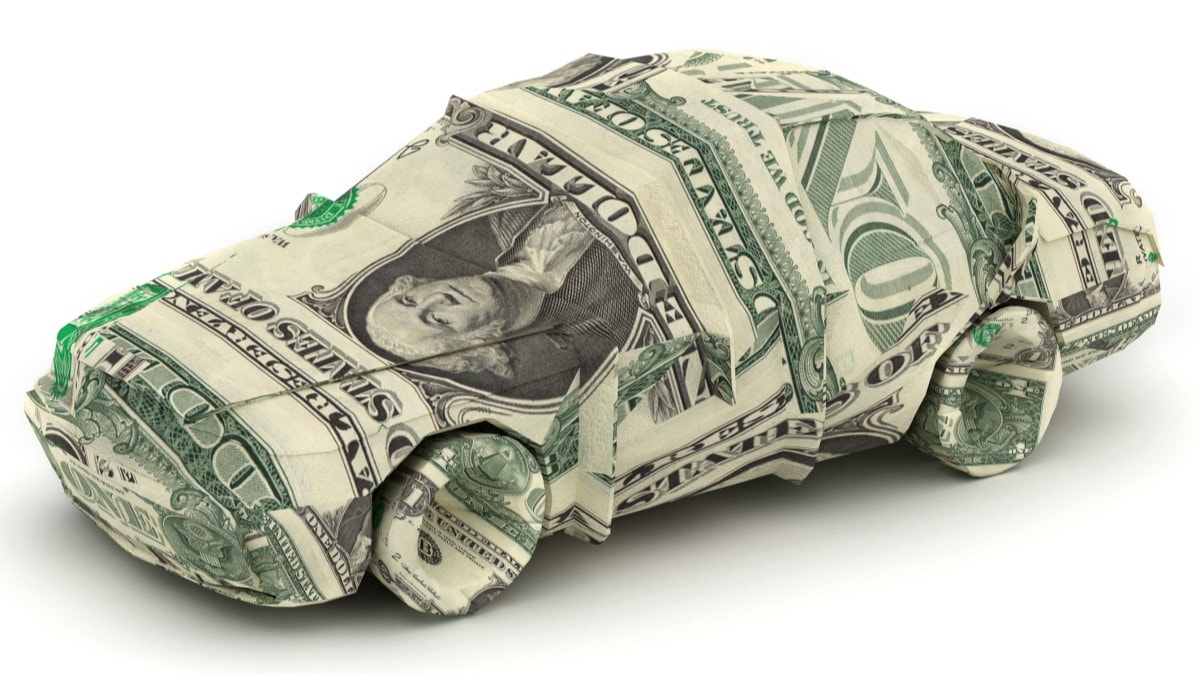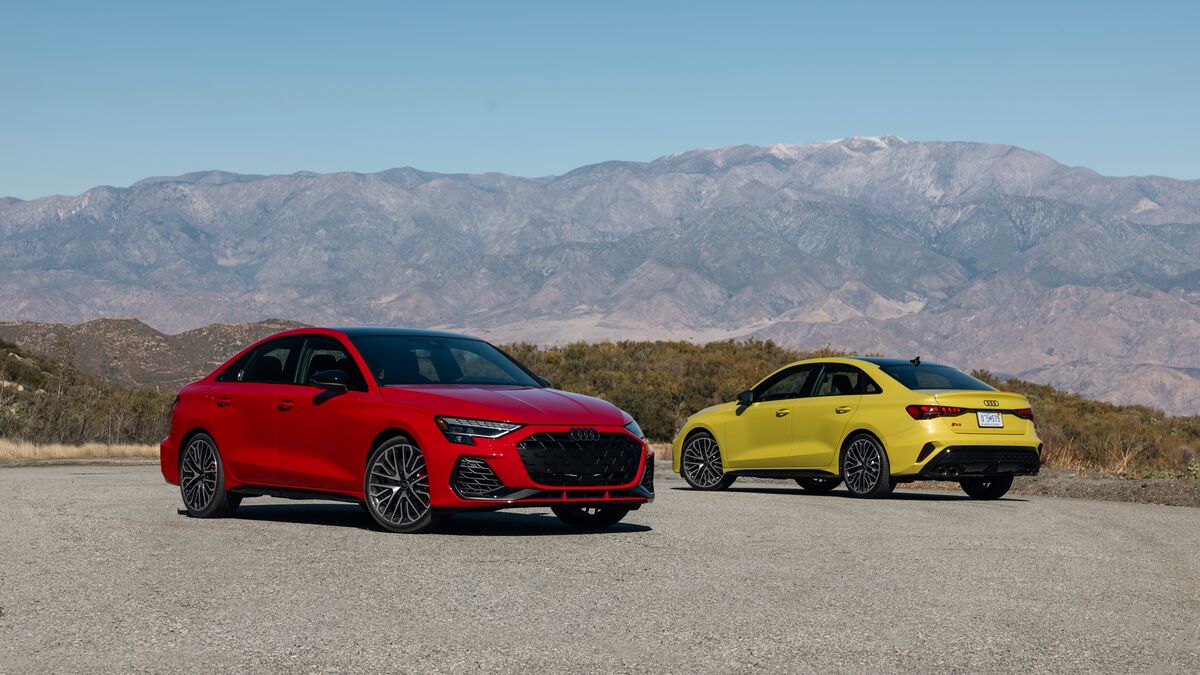As the second quarter began, it grew harder for the average earner to afford a new car last month. Automakers and dealers had been offering aggressive discounts to move cars off the lot at the end of Q1. They pulled back once their quarterly deadlines had passed.
The best measure of affordability is the Cox Automotive/Moody’s Analytics Vehicle Affordability Index. It measures the cost of the average new car, not in money but in time. Cox Automotive is the parent of Kelley Blue Book.
Most of us can’t easily buy a new car with cash. So we borrow to buy one and work to pay off the loan. The index measures how many weeks of income it would take the average earner to pay off the average new car loan under current economic conditions.
It had cycled between 33 and 36 weeks of income for most of a decade before the COVID-19 pandemic sent the affordability index soaring. The index peaked at over 41 weeks in the summer of 2023 amid high prices and rising interest rates.
Throughout 2024, it has steadily worked its way back down toward normal. Until April. Last month, it rose to 37.7 weeks from 37.1 the month prior.
Blame those incentives, says Cox Automotive Chief Economist Jonathan Smoke. “The decline in affordability resulted from negative trends in pricing and incentives, as manufacturers and dealers were less aggressive on promotions and discounting than they were for the quarter end.”
Related: Fed Keeps Interest Rates Flat, Offering Car Shoppers No Help
The average auto loan rate improved during the month, but not enough to offset a 2.2% increase in the average transaction price.
The average borrower last month took on a monthly payment of $762. The average monthly payment peaked in December of 2022 at $795.








